Home > Climate News >
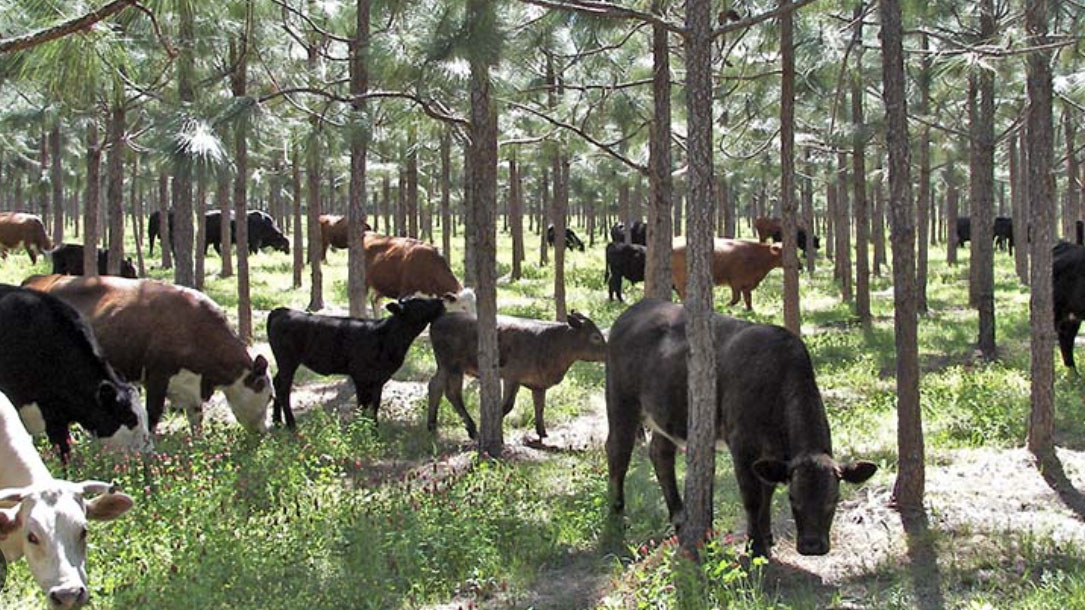
Mongabay series: Global Agroforestry
An ancient agricultural system, agroforestry combines trees with shrubs, crops, and livestock in a system that produces food, supports biodiversity, builds soil horizons and water tables, and sequesters carbon from the atmosphere — this series explores how and where it is being practiced by Indigenous communities, traditional agriculturists, and new farmers.
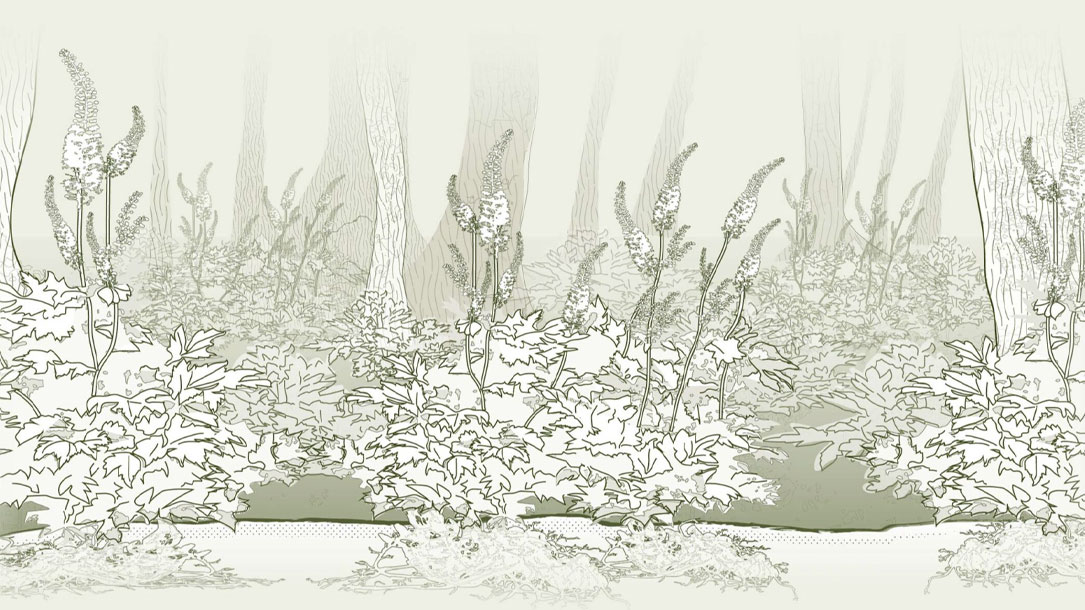
More on agroforestry
Agroforestry developed as a set of indigenous land-use practices over thousands of years across our global community. The interventions utilize trees, crops, and livestock in intimate combinations to produce positive ecological, social, and economic outcomes. In the United States, agroforestry systems are defined in the following ways: alley cropping, forest farming, riparian buffers, silvopasture, and windbreaks.

American agroforestry accelerates with new funding announcements
“There is a windfall of federal money entering the agroforestry sector,” Meghan Giroux told Mongabay. The director of Vermont-based agroforestry consultancy Interlace Commons, she is currently implementing a program to boost regional training capacity toward helping farms implement this sustainable farming technique — which blends annual crops and livestock with perennial shrubs and trees in a carbon-sequestering system that’s also more resilient to droughts and floods — while keeping her eye on the sizable new opportunities coming from the federal government.
That federal funding comes as interest in agroforestry is growing rapidly in the U.S., alongside the need to rapidly adopt more climate-positive types of agriculture…
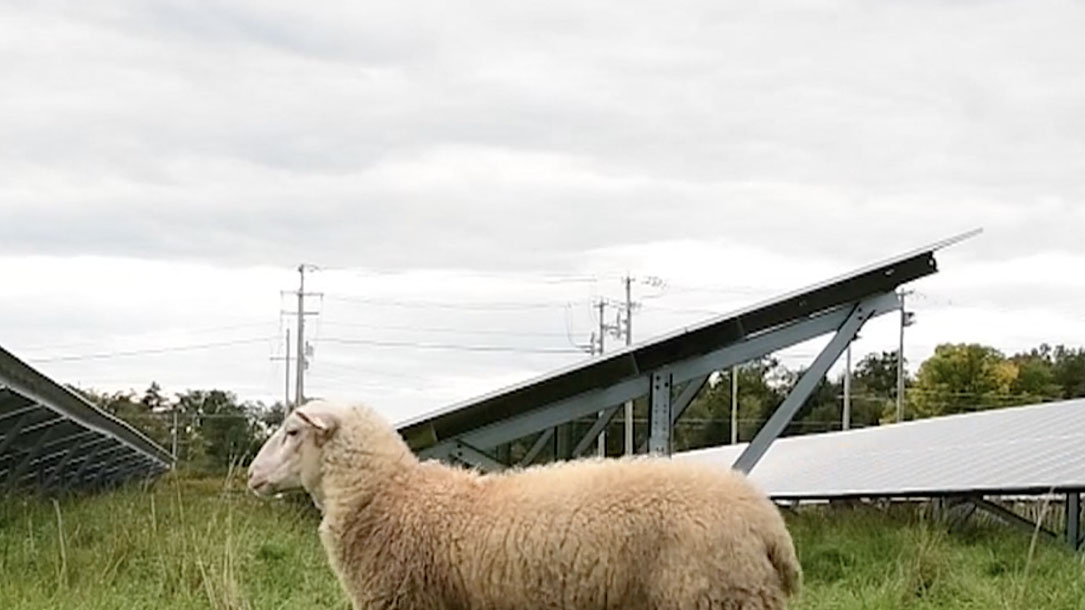
Bees, sheep, crops: solar developers tout multiple benefits
Silflower was among native plants that blanketed the vast North American prairie until settlers developed farms and cities. Nowadays confined largely to roadsides and ditches, the long-stemmed cousin of the sunflower may be poised for a comeback, thanks to solar energy.
Researchers are growing silflower at nine solar installations in the Minneapolis area, testing its potential as an oilseed crop. The deep-rooted perennial also offers forage for livestock and desperately needed habitat for bees, butterflies and hummingbirds.
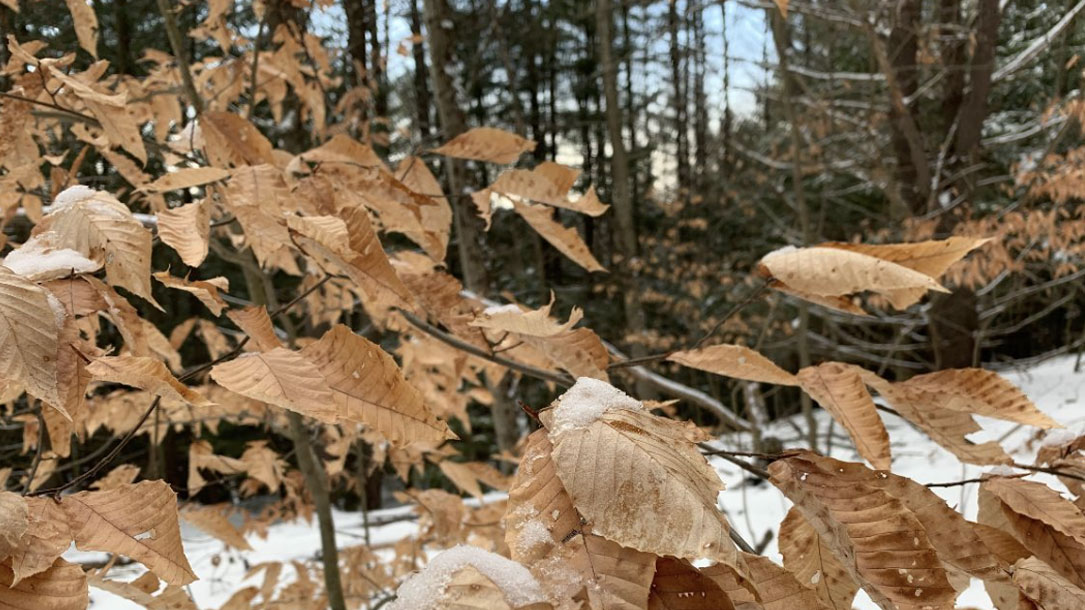
New England’s climate imperative: our forests as a natural climate solution
In this study, five pathways are developed and assessed that could increase the climate mitigation potential of New England’s forests:
- Avoided deforestation
- Wildland reserves
- Improved forest management
- Mass timber construction
- Urban and suburban forests
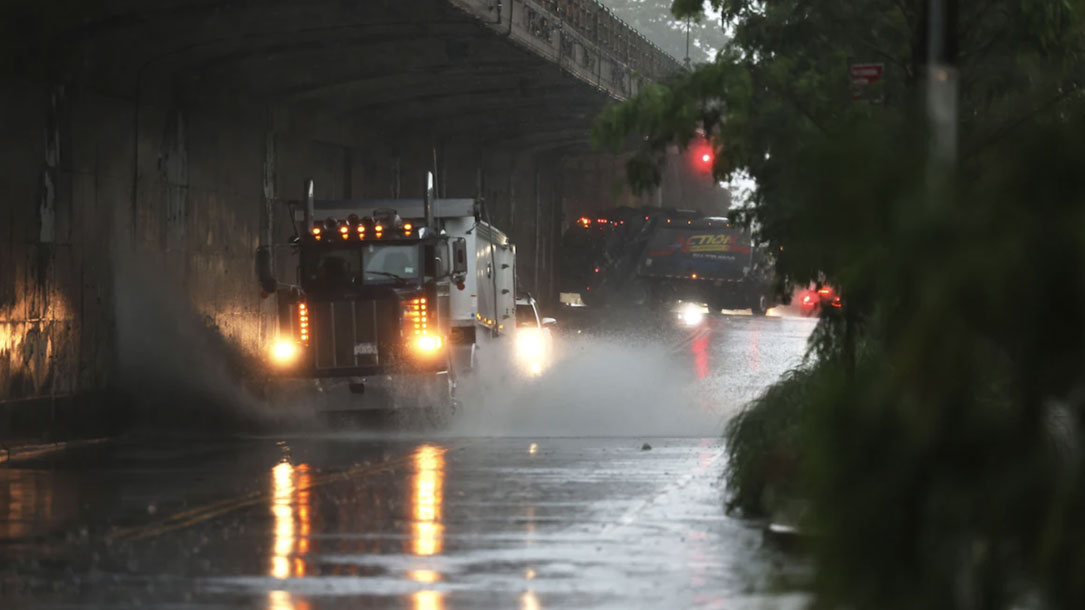
Excessively wet year in eastern U.S. shows fingerprints of climate change
Five tropical storms and a summer of frequent thunderstorm activity have propelled parts of the eastern United States to one of its wettest calendar years on record.
Through November, 25 of 344 climate regions nationwide reported precipitation that exceeded 90 percent of years since 1895. All but two of these top-10 percent-rainfall regions were east of the Mississippi River, spread from Louisiana to Massachusetts and Illinois to Florida.

Annual 2021 Drought Report
Overall, when integrated across the nation and across the entire year, 2021 was a warm year with precipitation averaging near the middle of the historical distribution. The annual nationwide ranks were fourth warmest and 57th wettest (71st driest), based on data for 1895-2021. But this was a year of extremes as considerable variation occurred throughout the year and across the country. The year was unusually wet from the Gulf of Mexico coast to the eastern Great Lakes and southern portions of New England, where Massachusetts had the ninth wettest year on record and three other states ranked in the top twenty wettest category.
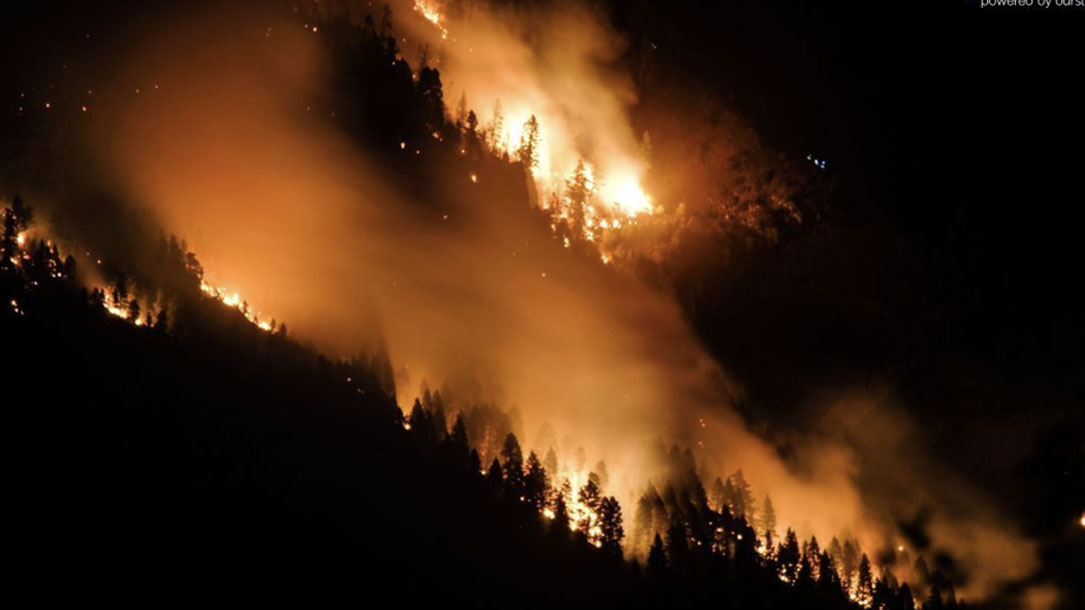
Notable impact of wildfires in the western United States on weather hazards in the central United States
Wildfires have intensified in both frequency and burned areas in recent decades in the United States and constitute a significant threat to life and property. Sensible heat and aerosols produced by wildfires may affect severe storms and weather hazards downstream. Here, we show that wildfires in the western United States can lead to more severe hazardous weather in the central United States, notably increasing occurrences of heavy precipitation rates and large hail. Both heat and aerosols from wildfires play an important role. As wildfires are projected to be more severe in a warmer climate, the influence of wildfires on severe weather in downstream regions may become increasingly important.
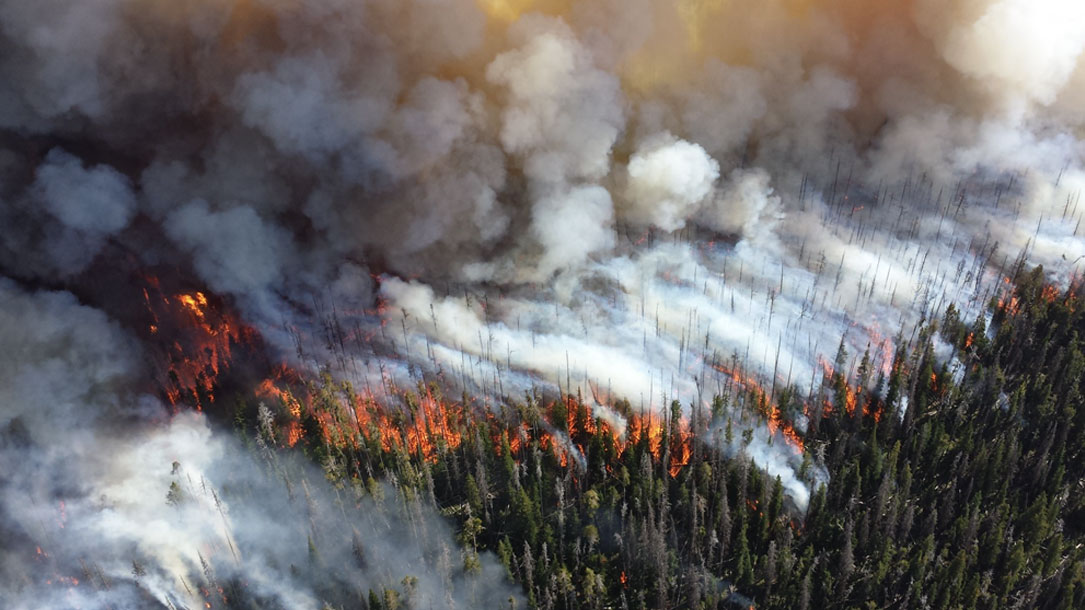
Up in smoke: California’s greenhouse gas reductions could be wiped out by 2020 wildfires
In this short communication, we estimate that California’s wildfire carbon dioxide equivalent (CO2e) emissions from 2020 are approximately two times higher than California’s total greenhouse gas (GHG) emission reductions since 2003. Without considering future vegetation regrowth, CO2e emissions from the 2020 wildfires could be the second most important source in the state above either industry or electrical power generation. Regrowth may partly of fully occur over a long period, but due to exigencies of the climate crisis most of the regrowth will not occur quickly enough to avert greater than 1.5 degrees of warming…
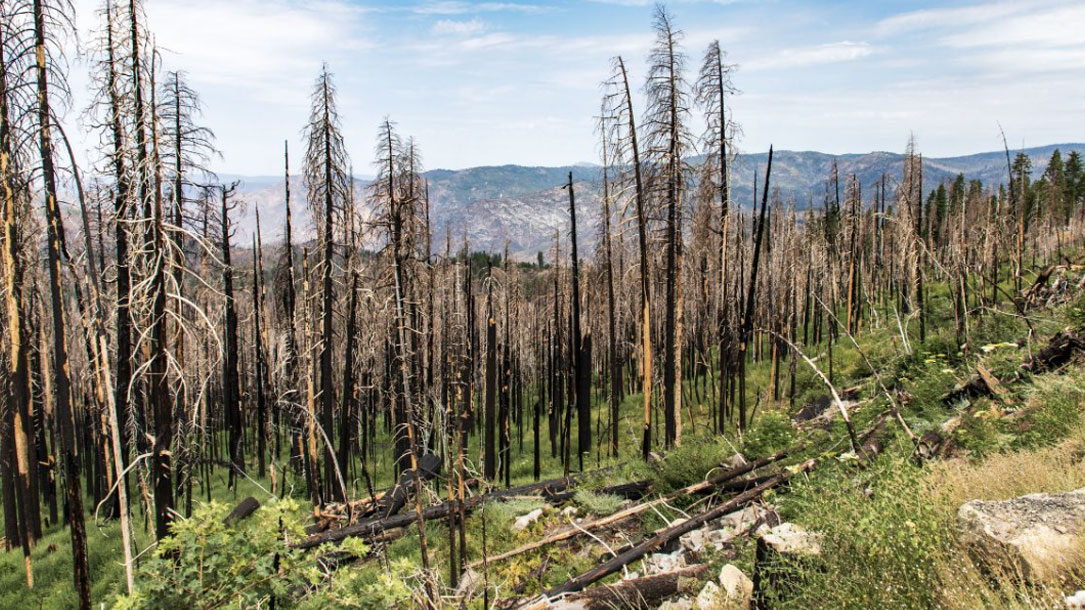
Study shows worsening wildfire smoke is unraveling decades of air quality gains
Wildfire smoke now exposes millions of Americans each year to dangerous levels of fine particulate matter, lofting enough soot across parts of the West in recent years to erase much of the air quality gains made over the last two decades.
In late September, Stanford University researchers published this study that found residents of Western states were exposed to a 27-fold increase of harmful particulate matter pollution, known as PM2.5, between 2006 and 2020 as wildfires intensified.












